Natural Products Genomics, Comparative Genomics
Animal Venomics
Institution: Institute for Insectbiotechnology, Fraunhofer IME/JLU Gießen
Venomics represents an innovative approach combining sensitive –omics techniques to identify transcripts encoding venom toxins. The tremendous diversity of venomous animals provides an indispensable biologic resource that is investigated in the project “Animal Venomics” as source for valuable new compounds. Taking advantage of bioinformatic tools for sequence-based drug discovery we sequence the genomes of venomous animals and the transcriptomes of their venomous glands in order to identify novel peptides or proteins with therapeutic potential. Novel candidate peptides or proteins are produced as synthetic or recombinant analogues to facilitate their biological profiling and the screening of their potential applications in medicine and plant protection. Finally, we use the combined proteome and transcriptome data to annotate the genomes of venomous species to understand the mechanisms and processes that drive their toxin diversity and venom evolution (overlap with TBG area Comparative Genomics).
TBG GROUP MEMBERS
-
- Prof. Dr. Andreas Vilcinskas (PI)
- Dr. Tim Lüddecke (PI)
- Dr. Anne Paas
- Sabine Hurka
- Lennart Schulte
- Ludwig Dersch
- Josephine Dresler
- Hanna Dambeck
GROUP EXPERTISE / METHODS
- Genomics, transcriptomics, proteomics (In-house pipeline)
- Expression of animal toxins bioassays, activity tests
- Evolutionary venomics, evolution, phylogeny, phylogenomics
- Expression of animal toxins: recombinant production, cell free expression, bioassays
- HPLC and UHPLC based Mass Spectrometry (cooperation with Christoph Hartwig, Fraunhofer IME, Giessen)
- LC-MALDI coupling and localization of disulfide linkages (with group of Günter Lochnit, Institute for Biochemistry, Giessen)
Fotos: Tim Lüddecke
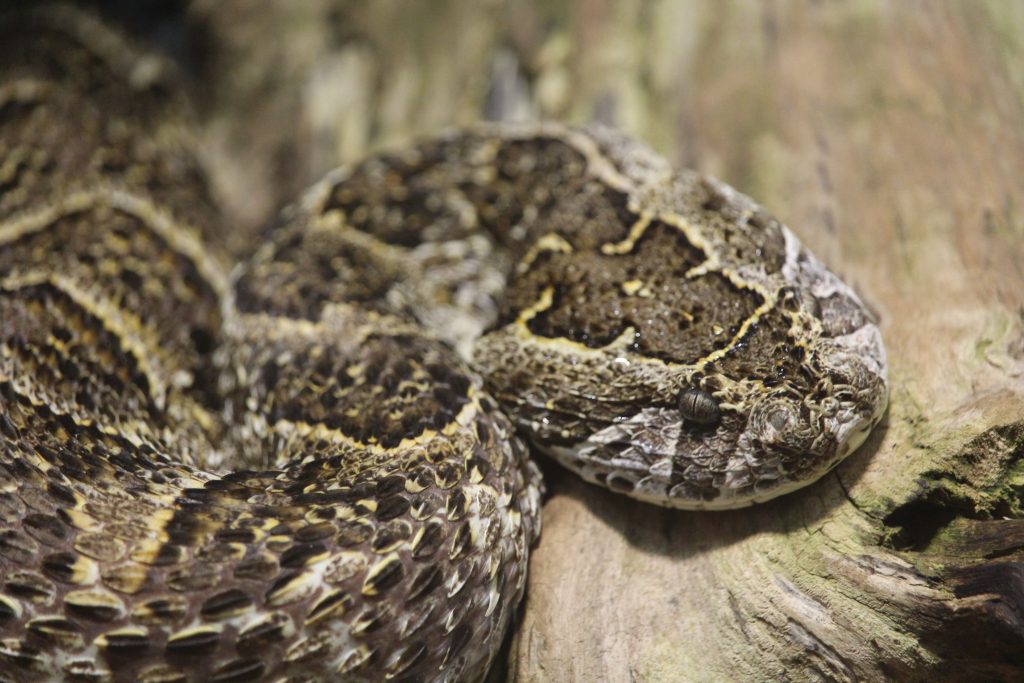
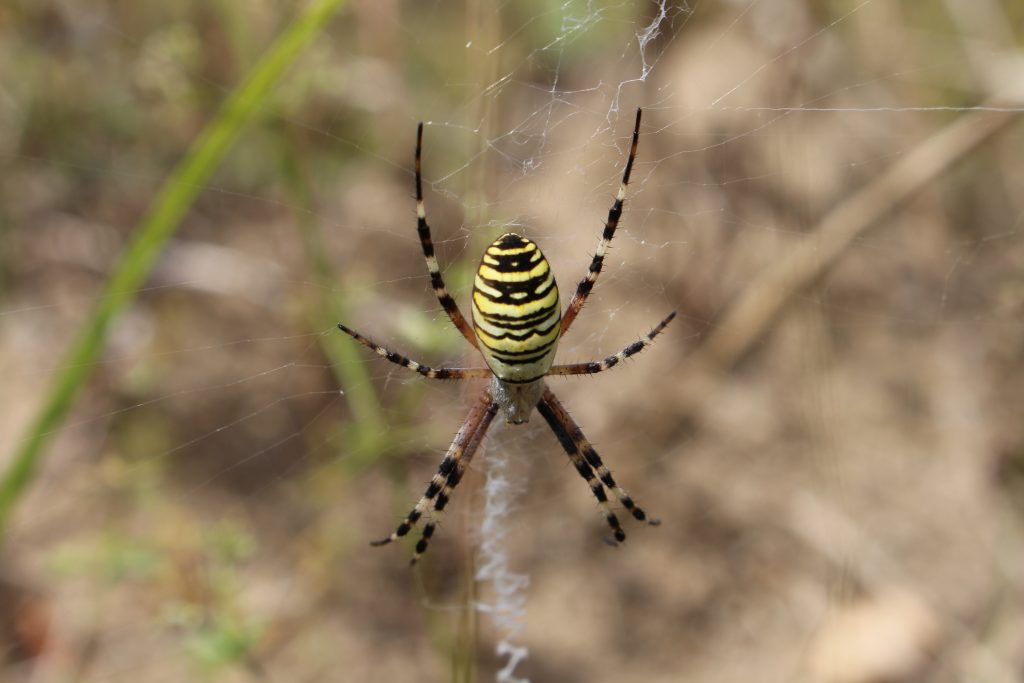
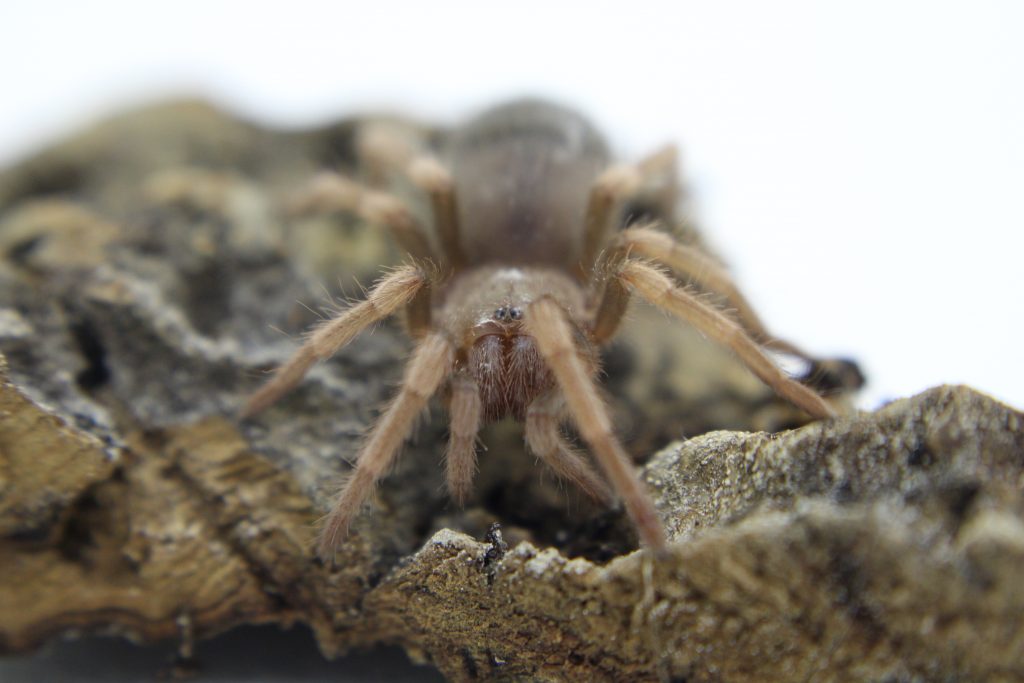
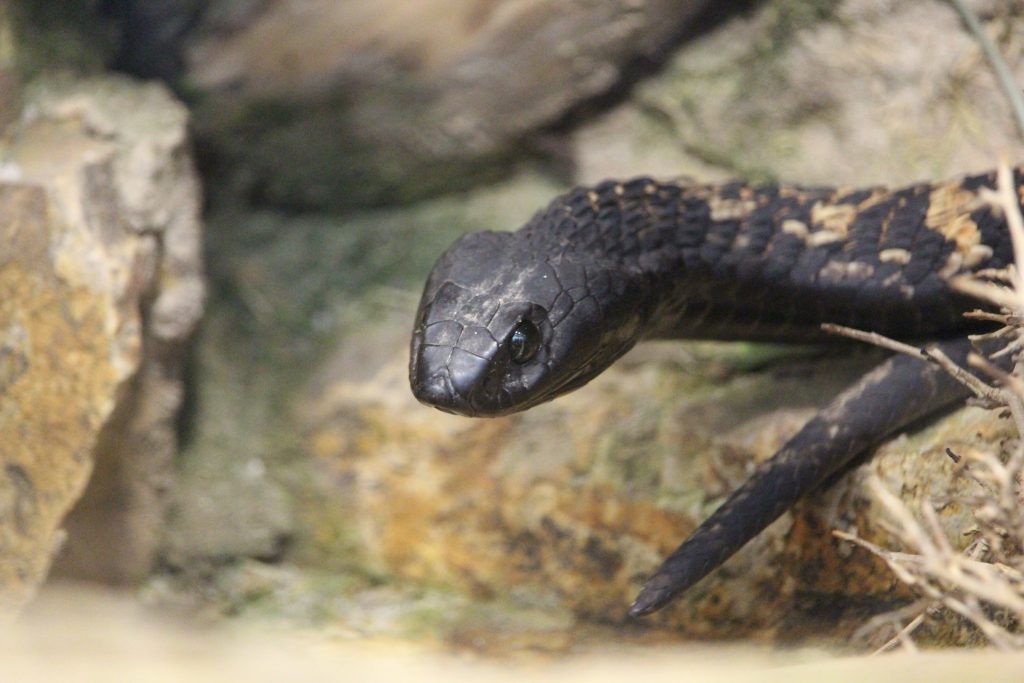
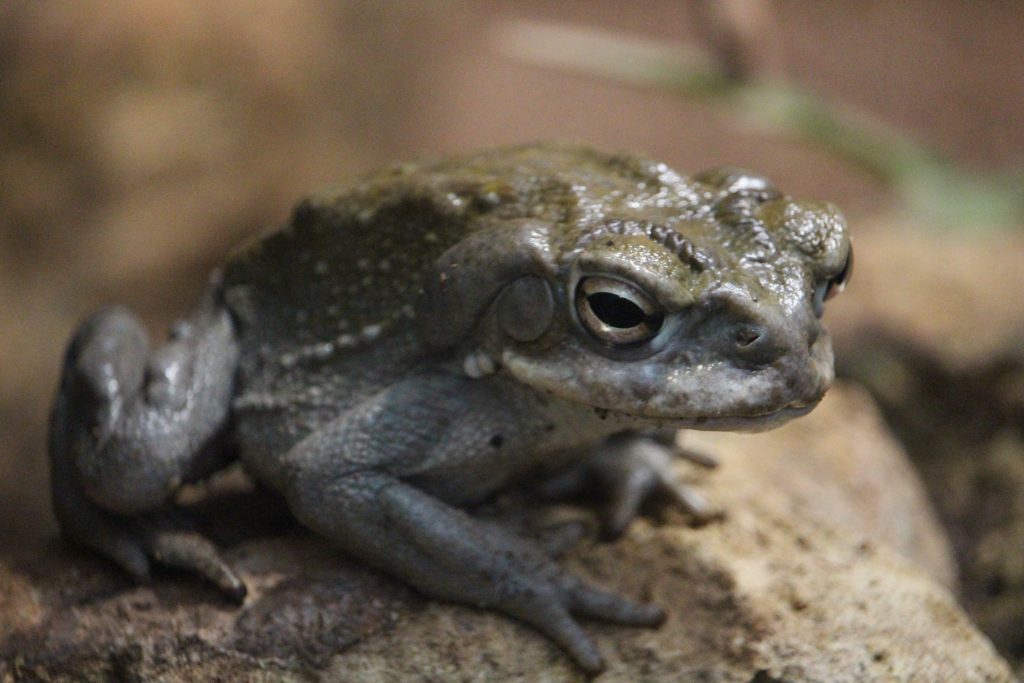
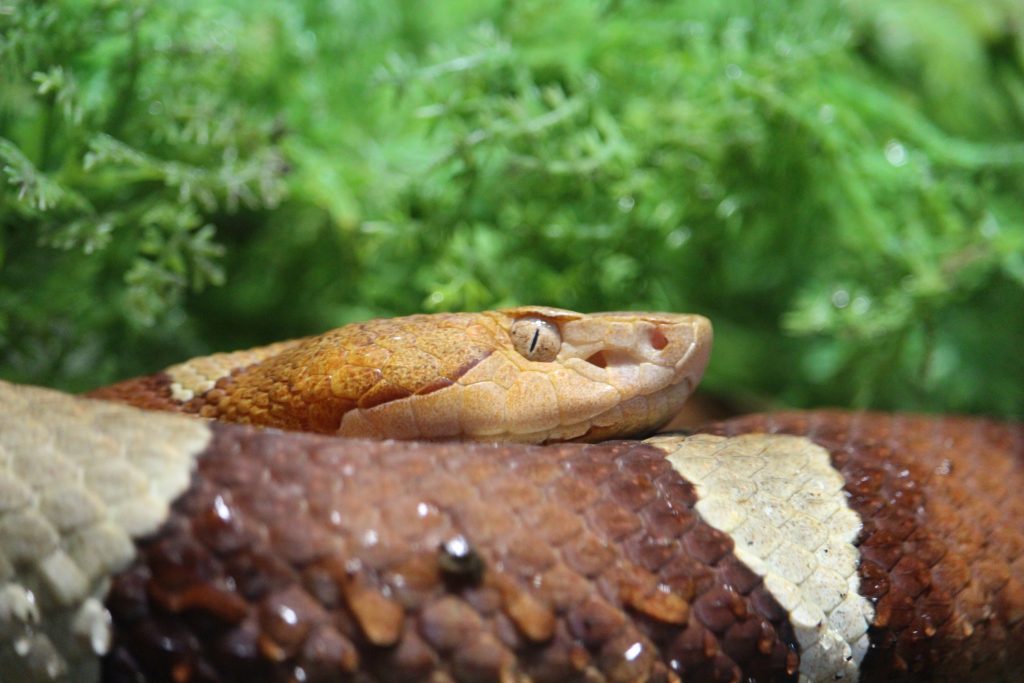
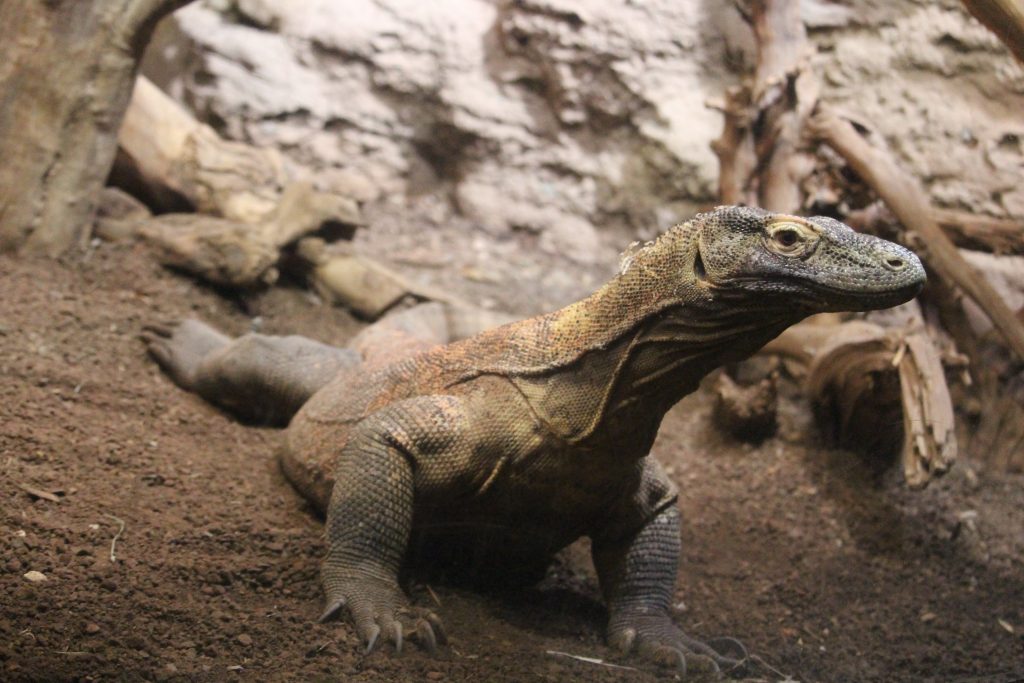
ORGANISMS / GENOMES ANALYZED
Organisms as bio-resources
- Hymenopterans (Aculeates and solitary wasps), Robber flies, Assassin bugs, Remipede crustaceans, Marine invertebrates (remipedes crustaceans, polychaetes), Spiders, Centipedes, Medical leeches, Marine and freshwater fishes (Amazonian toadfish, stingrays)
Organisms project related
- Genomes sequenced and assembly/annotation being finalized: 1. Pimpla turionella and 2. Vespula vulgaris (hymenopterans), 3. Dasypogon diadema and 4. Eutolmus rufibarbis (robber flies). Hybrid sequencing with Illumina, PacBio (finished) and Nanpore (in progress). For all 4 species complementary venom gland transcriptomic and proteomic is ready and being analyzed. Genome quality will be at least ENSEMBL standard.
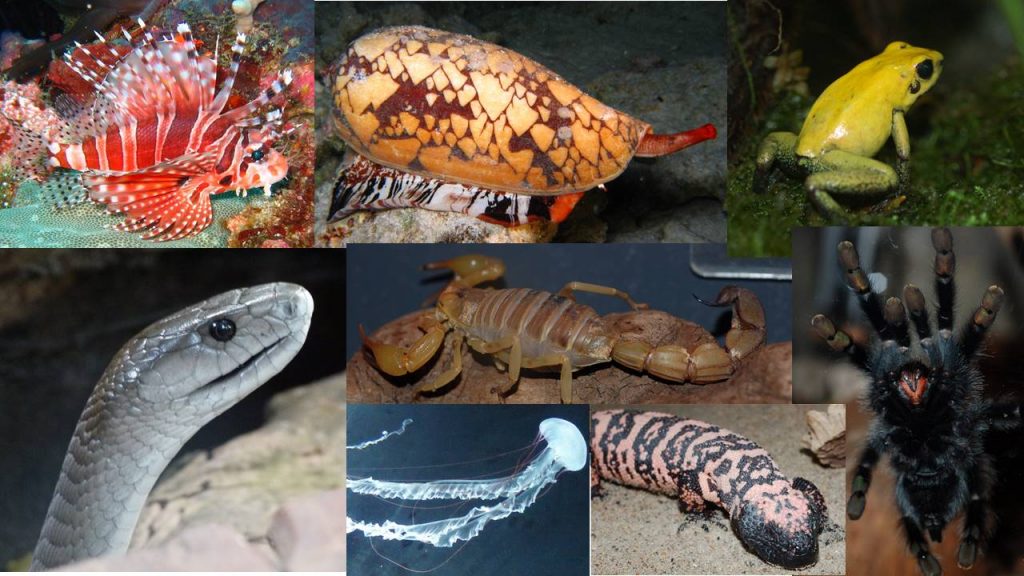
PUBLICATIONS
Lüddecke T, Herzig V, von Reumont BM, Vilcinskas A (2021): The biology and evolution of spider venoms. Biol Rev Camb Philos Soc. doi: 10.1111/brv.12793
von Reumont BM, Lüddecke T, Timm T, et al. (2020). Proteo-transcriptomic analysis identifies potential novel toxins secreted by the predatory, prey-piercing ribbon worm Amphiporus lactifloreus. Marine Drugs, 18(8),407.
Lüddecke T, von Reumont BM, Förster F, et al. (2020a). An economic dilemma between molecular weapon systems may explain an arachno-atypical venom in wasp spiders (Argiope bruennichi). Biomolecules, 10(7),978.
Özbek R, Mukherjee K, Uçkan F, and Vilcinskas A (2020). Reprograming of epigenetic mechanisms controlling host insect immunity and development in response to egg-laying by a parasitoid wasp. Proceedings of the Royal Society B: Biological Science, 287, 20200704.
Modica MV, Ahmad R, Ainsworth S, et al. (2020). The new COST Action European Venom Network (EUVEN)—synergy and future perspectives of modern venomics. GigaScience, (10)3.
Özbek R, Wielsch N, Vogel H, et al. (2019). Proteo-transcriptomic characterization of the venom from the endoparasitoid wasp Pimpla turionellae with aspects on its biology and evolution. Toxins, 11(12), 721.